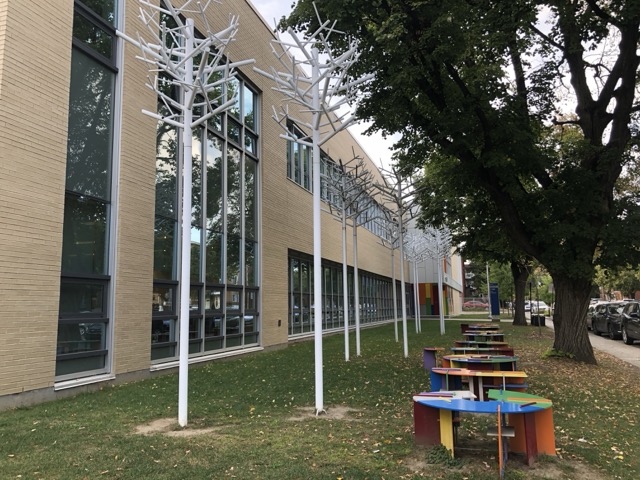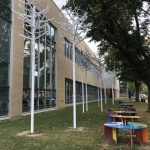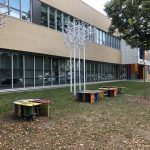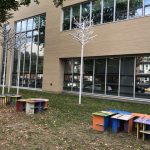

The Quebec artist Michel Goulet was born in 1944 in Asbestos and studied at the Université de Sherbrooke and the Université du Québec à Montréal. He has pursued a dual career as an internationally renowned artist and an educator, teaching first at the University of Ottawa and later at the Université du Québec à Montréal. He is recognized on the international art scene for his sculptures and permanent public art works, but also for his set designs for theatre and opera.
He has shown his work in numerous solo and group exhibitions, and has represented Canada at the Venice Biennale (1988). The Musée d’art contemporain de Montréal mounted a retrospective of his work in 2004.
Michel Goulet has received a number of honours, including the Prix Paul-Émile-Borduas, the highest distinction awarded to visual artists by the Quebec government (1990), and the Governor General’s Award in Visual and Media Arts (2008). He was made an Officer of the Ordre national du Québec in 2018.

- 10 Artworks
- 40min
- Les environs
 L’attente
L’attente 
Artwork description
The work takes the form of a sculptural installation made up of ten white saplings, each 4.5 metres high, and multicoloured benches. The trees line the school but are not aligned. They are arranged singly, in duos, trios and quartets, to evoke artistic and/or sporting dynamics or groupings. Through the overall configuration, Goulet sought to symbolize loyalty, pride and complementarity. The trees are positioned between the school and the series of ten benches, whose vibrant colors recall certain details of the school’s façade. The seats take the form of letters that make up the phrase “believe in me”. Designed using the Chinese puzzle method, the benches refer to play and symbolize “a hymn to hope and confidence”.



